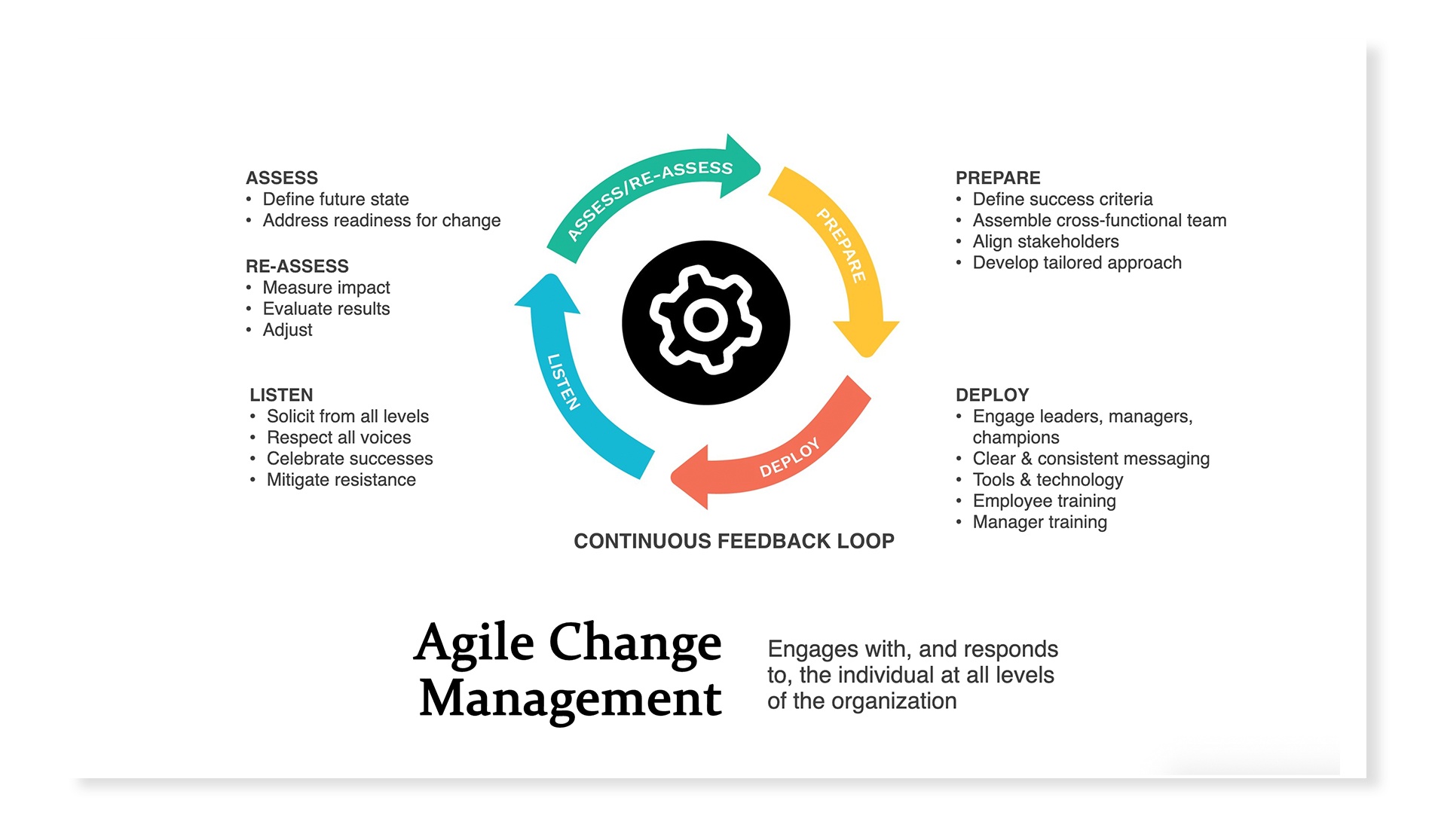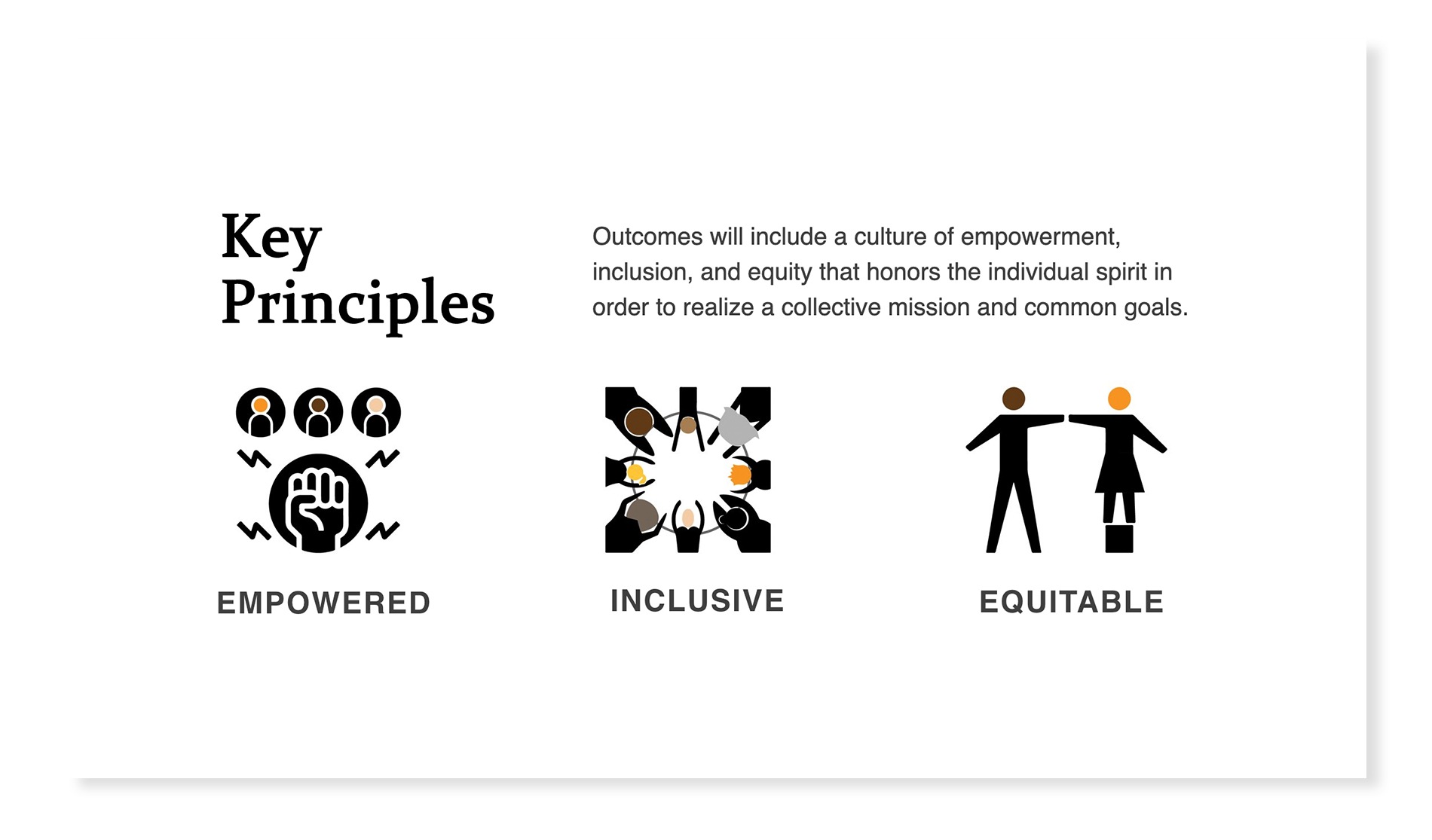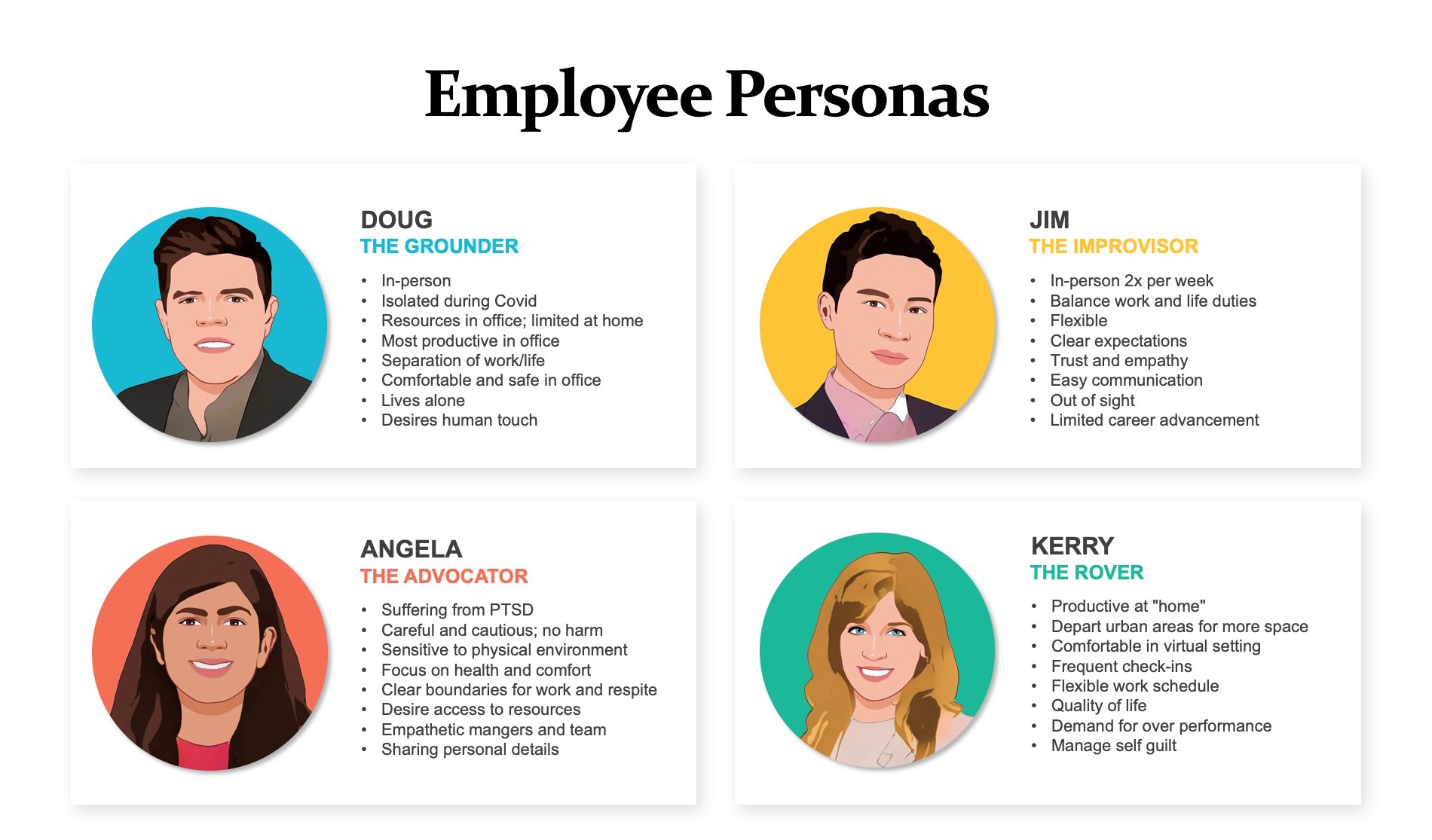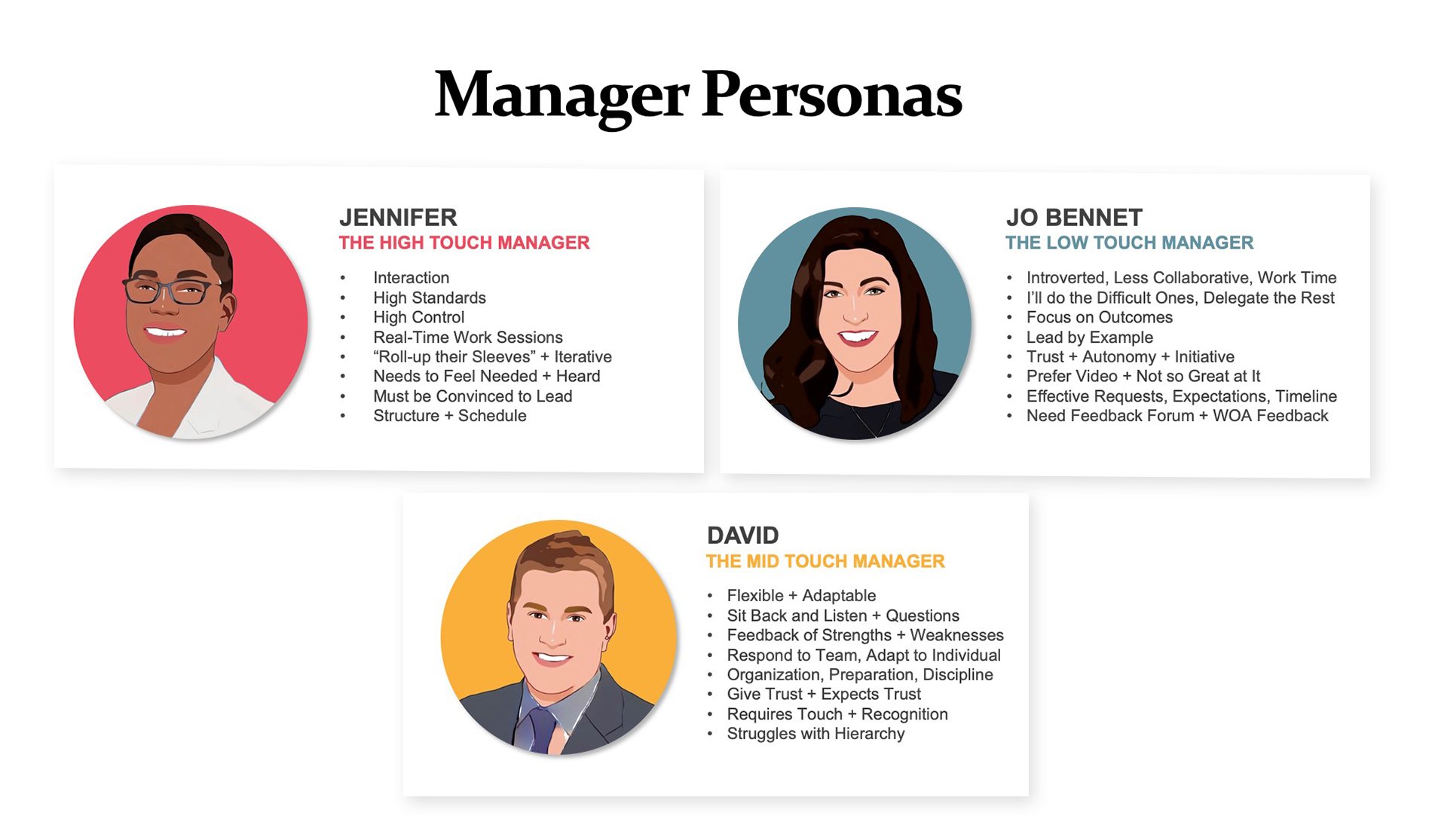Last year the coronavirus thrust tens of millions of office employees into remote work. This seismic shift in how we work proved once and for all that work is not a place we go to. It’s something we do.
Now, as organizations prepare to reopen their offices, it’s time to reimagine work for a new era of hybrid teams. No longer does a one-size-fits-all approach to the workplace suffice. In its place will be a human-centric environment that transcends the office by empowering people to choose where, when and how they work.
Hybrid teams will collaborate across geographies and time zones, synchronously and asynchronously, connected via expanding technology that enables virtual interactions and fosters interpersonal relationships. This work approach responds to employees’ psychological, social and physical needs. It creates a more inclusive and equitable way of working by breaking down traditional office hierarchies and results in happier and more productive employees.
Implementing this new hybrid work environment will not come without challenges. The office historically has served as the nexus of organizational culture and identity. So, how will people who aren’t always in the physical workplace stay connected to the organization and their colleagues who use the office more frequently? Moreover, how can we make the office more accommodating and productive for people when they are on site?
These are questions HOK’s consulting teams have fielded from both clients and colleagues. Our solution (winner of Work Design Magazine’s 2020 Next Work Environment Competition) encourages organizations to develop a change management process based on a new understanding of the post-COVID needs of their people.
The New Change Management Process
This new agile change management process deeply engages with, and is responsive to, the individual at all levels of the organization. It begins with an assessment. Preparations involve defining the metrics to measure effectiveness, assembling a cross-functional team to support the change and aligning key stakeholders, leaders and sponsors.

The approach is deployed through leaders, managers and champions. It is supported by tools and technology to deliver a targeted and personalized change experience. Managers are encouraged to foster open communication and hold regularly scheduled one-on-ones with their teams. For their part, employees are expected to play an active role. They will be trained in utilizing new tools, maintaining productivity and fostering a culture of inclusivity.

Creating Personas to Understand Employee Needs
The process recognizes that everyone experienced the pandemic differently, which will inform their perspectives on returning to the office or working elsewhere. While every specific experience will have its nuances, we created four employee personas and three leadership personas that broadly capture people’s varying return-to-office attributes and challenges. These personas factored in people’s preferred work styles, how they best learn and adjust and how their personalities shape their approach to work.


To understand how people could interact within the new work environment, we modeled different “day in the life” scenarios for each persona. From these physical and virtual interactions, organizations can glean how their work operations, office design and technology could respond to suit the needs of different team members.
Final Takeaways
For some organizations, the personas and day-in-the-life scenarios may reveal an opportunity to downsize the physical office while adding more ways for employees to collaborate virtually. For others, the size of the office might not be an issue. What’s missing is a choice of work environments within that workspace.
Whatever the solution, it’s only by understanding the individual needs of the post-COVID employee (and their personas) that organizations can make informed decisions about how the new work environment will best suit the needs of their people. The agile change management solution described here applies to more than just traditional corporate office-type workplaces and can be used across sectors, including within the healthcare and science sectors.
Discover more research and insights on change management and the future of work at hok.com/consulting.